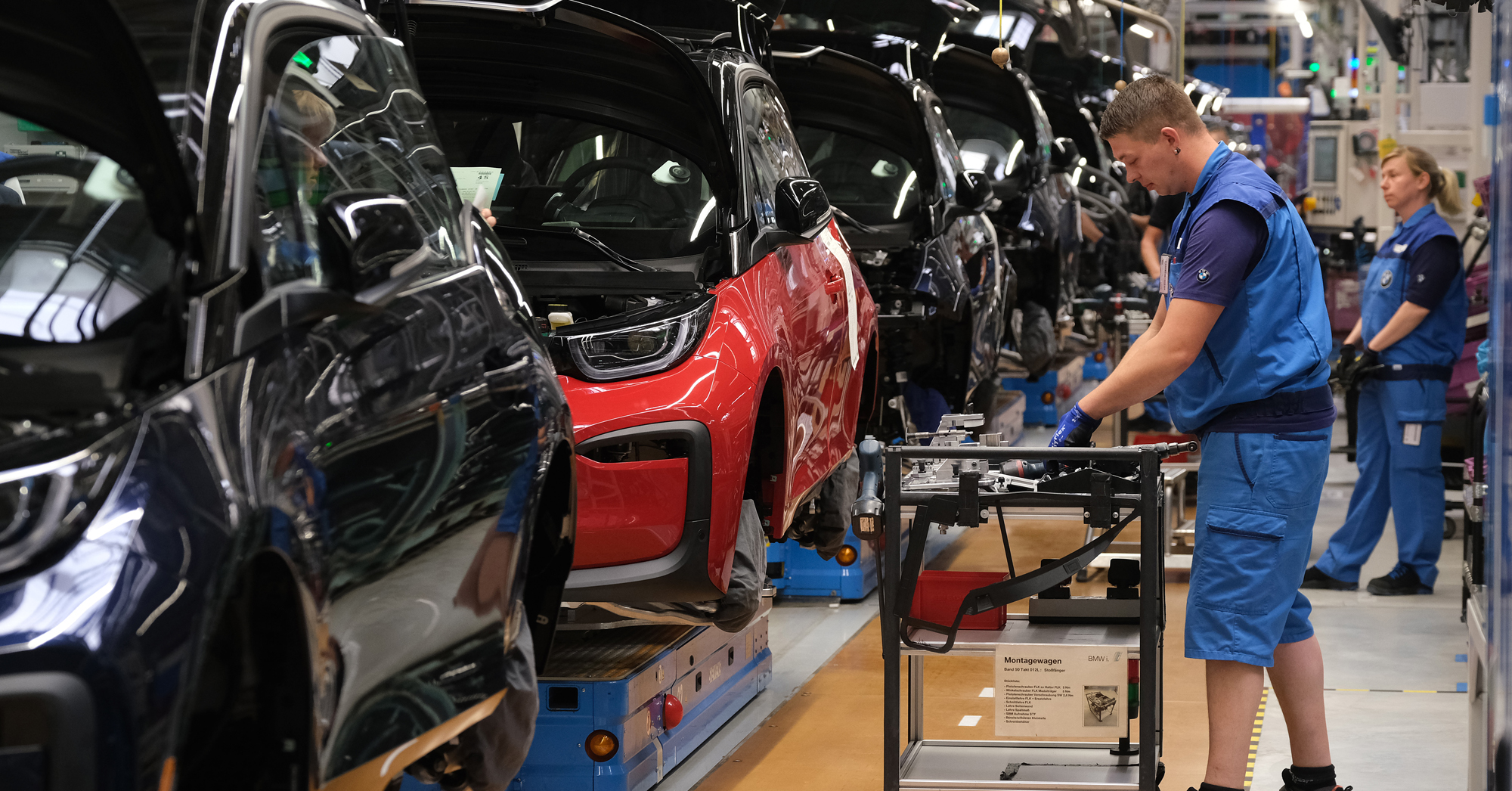
How Do Government Regulations Factor Into the Price of a Car
Have you ever thought of all the elements that go into the car price you’re paying? If not, maybe it’s time you did so.
The car you buy is subject to many government regulations before it ever reaches the dealership lot and those regulations that must be adhered to impact the price you pay. Of course, you likely don’t want a vehicle that’s ugly, unsafe, and terrible for the environment, so the price you pay ensures you have some semblance of peace of mind with your vehicle.
The Direct Impact
Regulatory bodies in the government have a direct impact on the way cars look, how the components are designed, and the safety features that are included in them. These bodies also regular the overall performance you can experience when on the road. In the United States, we have some of the strictest regulations in the world. Think back just a few years to the diesel scandal that rocked the Volkswagen brand, and you’ll see some of those regulations in action.
The Result of this Impact
Everything rolls downhill, and that is the same when it comes to building cars. Unfortunately, customers are at the bottom of that hill and have to pay the price for everything that’s picked up along the way. The regulations in place increase production costs and can place limits on how cars are sold and marketed. These regulations translate to a higher car price for you.
Government Regulation Creates More Uniformity
Uniformity in design isn’t an attractive quality; you want your Ford to look different from your Chevy. While some classes of vehicles have only subtle differences across models (look at the compact crossovers for an example), the reason for this isn’t a lack of creativity. Head to any car show and you’ll see the creativity of a brand at work in the prototypes and concept models that are presented to you.
The uniformity in the industry has a lot to do with the safety features of vehicles. Regulatory bodies dictate that safety devices must perform a certain way and that every vehicle on the road that has that feature enjoys the same benefit. This wasn’t the case seventy years ago, but today, these regulations cause less creativity on the road and impact the way your car looks. The real negative here is that adherence to these regulations are also built into your car price.
Fuel Mileage is a Huge Factor in Your Car Price
Even though the most fuel-efficient cars on the road are also the ones that cost the least, the price you pay for any vehicle is increased because of the Corporate Average Fuel Economy (CAFÉ) requirements. This is a set of national standards for efficiency that was put in place in the early 1970s. These standards have been upgraded many times to challenge automakers to create more efficient vehicles.
The latest goal is to reach 54.5 miles per gallon as an average by 2025. Think about the fact that this goal is only three years away with the release of the 2022 models in the market already. Does it seem that we’re going to see this number? The government regulations in place direct that automakers must continue to work toward this number and may face severe penalties if they don’t. Those penalties are passed on to consumers in a higher car price per vehicle.
Emissions are Yet Another Factor
Automakers are impacted greatly by the increase in emissions regulations. Some tried and failed to skirt the regulations in recent years and have paid the price. Do you think that Volkswagen is sucking up the cost of the diesel emissions scandal or that the cost is being passed to you in the form of a higher car price? If you think the latter, you would be correct.
Of course, we do want to have cars that aren’t harmful to the environment, which has led to the development of alternative fuels and the technology to have those fuels used in the vehicles we drive. Zero emissions vehicles are certainly beneficial to drivers and the local environment, but this again is another example of a way the price of a vehicle is increased because of government regulations.
An Unavoidable Cost
We don’t want to live in a world without rules and regulations, but some will argue that regulatory bodies have too much power and influence. No matter which side of the argument you fall on, there’s no denying that government regulations have a direct impact on the car price you pay when you purchase a vehicle.
This post may contain affiliate links. Meaning a commission is given should you decide to make a purchase through these links, at no cost to you. All products shown are researched and tested to give an accurate review for you.



